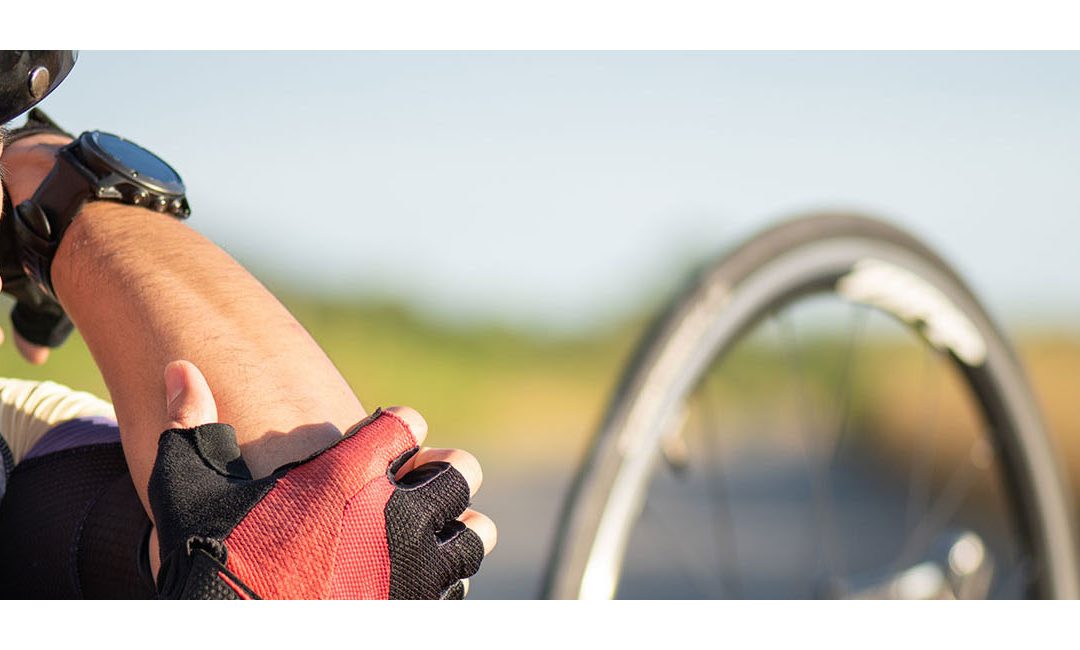The elbow is a crucial joint which works like a hinge. It allows the forearm to be stretched forward or bent up towards the shoulder. The joint is also responsible for rotation (necessary for moving the hand palm up or palm down) of the forearm. It is stabilized and supported by a group of bones, muscles, tendons, and ligaments. Median, Radial and Ulnar nerves are the major nerves that cross the elbow.
The elbow joint contains an extremity of three bones: humerus, radius and ulna. Distal humerus is the lower extremity of humerus; radial head is the rounded upper end of radius; olecranon is the upper end of ulna. The olecranon is not covered much by any tissue and can be easily felt with bare hands. As a result, it is quite susceptible to injuries.
Olecranon alone may suffer a fracture or it may be damaged along with other fracture/injuries of the elbow joint. Sometimes the fracture may be an open fracture where the broken bone tears through the skin and is prone to severe infections. Olecranon fractures may or may not involve displacement of bones. The injury is more common in adults than children.
Causes
- Falls directly on the elbow
- Hitting a solid object forcefully with the elbow
- Motor vehicle accidents with direct injury to the elbow
- Forceful pull of the triceps can cause avulsion fractures of olecranon Driving a car with elbow projecting through the window can cause fracture of the olecranon
- Swelling of the elbow
- Tenderness and severe pain sets in immediately after the injury
- Numbness in the fingers of the affected hand
- Painful movement of the elbow joint, fingers and wrist
- Inability to flex or straighten the forearm
- Joint instability- feeling as if the elbow is falling apart
- Visible bone fragments tearing through the cuts in the skin at elbow
- Physical examination may reveal bone displacement if any. Visible symptoms of the problem may be analyzed during the physical examination
- Details of the mode and tie of injury may be taken down
- Analysis of the patient’s medical history
- The patient may be asked to move the arm in different directions to check for loss of flexibility and range of motion
- Anomalies in the flow of blood can be diagnosed by examination of the pulse
- X-rays may help in diagnosing the extent and location of displacement
- Rest the injured limb as it promotes natural healing
- Keep the arm elevated at chest level
- Immobilization of the joint using a splint for 4-6 weeks
- Surgical intervention may be needed in case of complex fractures and significant displacements. However, it is best avoided in elderly people.
- Screws, wires, tension band wiring and plates may be used to stabilize the joint under surgical procedures
- Physical therapy may be required to restore joint flexibility and strength
- Painkillers and anti inflammatory medicines may be prescribed


